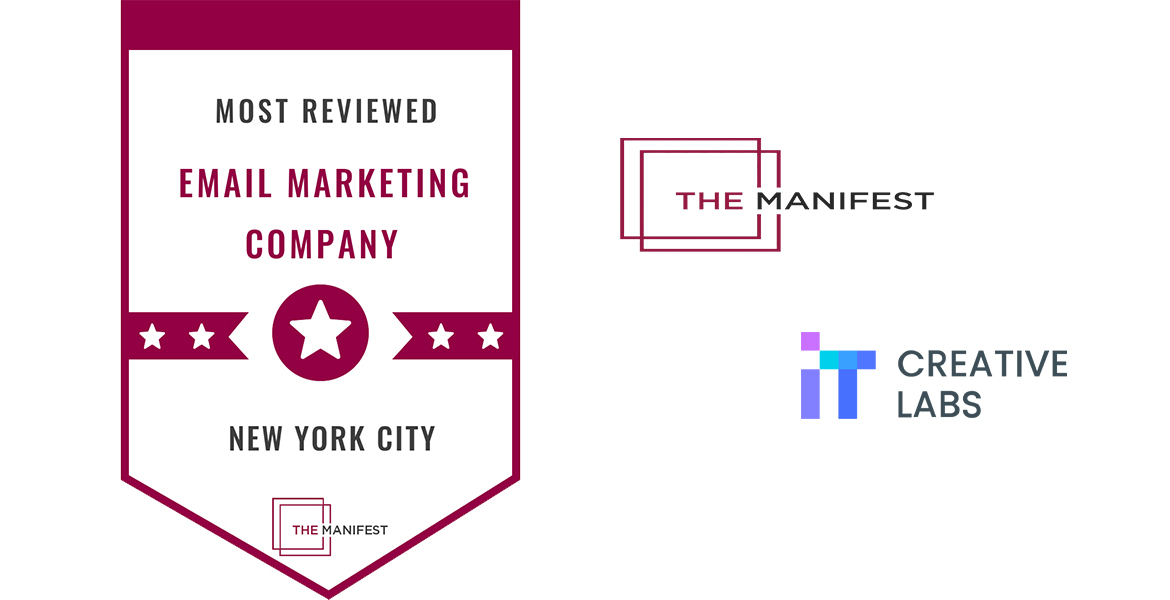In project management, an artifact is any tangible byproduct produced during the course of a project. These artifacts can be documents, reports, plans, models, or any other items that contribute to the project’s progress and documentation. They serve as critical reference points and tools that help in the planning, execution, monitoring, and closing phases of a project.
Table of Contents
- Importance of Project Management Artifacts
- Common Artifacts in Project Management by Phase
- Other Types of Project Management Artifacts
- Tools and Software for Managing Project Artifacts
- IT Project Management Training 2024
Importance of Project Management Artifacts
Project management artifacts are like the blueprints and documentation of a construction project. They serve as the foundation upon which a successful project is built. Just as blueprints guide builders in constructing a building, project artifacts guide project teams in executing their tasks effectively.
These artifacts play several critical roles throughout the project lifecycle:
- Planning and Direction: They provide a roadmap that outlines the project’s scope, objectives, timeline, and resource requirements. This clarity ensures that everyone involved understands their roles and responsibilities from the outset.
- Communication and Coordination: By documenting project plans, schedules, and milestones, artifacts facilitate clear communication among team members and stakeholders. They ensure that everyone stays informed about progress, changes, and challenges.
- Risk Management: Artifacts such as risk registers and mitigation plans help identify potential issues early on. This proactive approach allows teams to develop strategies to mitigate risks, minimizing disruptions to the project.
- Quality Assurance: Documentation of quality standards and processes ensures that project deliverables meet predefined quality criteria. This commitment to quality helps maintain customer satisfaction and project success.
- Monitoring and Improvement: Throughout the project, artifacts like status reports and performance metrics enable ongoing monitoring of progress and performance. They provide insights that allow teams to make informed decisions and adjustments as needed.
- Closure and Reflection: At the project’s conclusion, artifacts such as final reports and lessons learned documents capture valuable insights and experiences. These reflections serve as a foundation for continuous improvement in future projects.
In essence, project management artifacts are not just paperwork or digital files; they are essential tools that guide, inform, and safeguard the successful delivery of projects. By documenting plans, progress, and outcomes, these artifacts ensure that projects are executed efficiently, transparently, and with a focus on achieving desired results.
Common Artifacts in Project Management by Phase
In project management, common artifacts ensure the successful execution and completion of projects. These artifacts can be categorized based on the different phases of the project lifecycle: initiation, planning, execution, monitoring and controlling, and closing.
Here is an overview of some of the most common project management artifacts:
1. Initiation Phase Artifacts
Initiation phase artifacts define the project’s purpose, identify key stakeholders, justify its feasibility, and outline initial plans to set the project in motion. Also they provide a foundational understanding of what the project aims to achieve and establish the initial parameters for planning and execution.
- Project Charter
- Stakeholder Register
- Business Case:
- Feasibility Study
- High-Level Project Plan
2. Planning Phase Artifacts
Planning phase artifacts establish the project’s scope, objectives, and roadmap for execution. They include:
- Project Management Plan (includes Project Schedule)
- Work Breakdown Structure (WBS)
- Budget and Cost Estimates
- Risk Register
- Requirements Documentation
- Resource Allocation Plan
- Communication Plan
- Quality Plan
3. Execution Phase Artifacts
These artifacts track ongoing progress, manage changes, and ensure the timely delivery of project outcomes. They encompass:
- Project Deliverables
- Status Reports
- Performance Metrics and KPIs
- Change Requests
- Issue Log
- Team Assignments and Task Lists
- Meeting Agendas and Minutes
- Risk Response Plans
4. Monitoring and Controlling Phase Artifacts
This group of artifacts monitor project performance, analyze deviations from plans, and ensure adherence to project standards and regulations. They include:
- Performance Reports
- Variance Analysis Reports
- Earned Value Management (EVM) Reports
- Quality Control Measurements
- Risk Monitoring and Control Documents
- Change Control Log
- Compliance Checklists
- Audit Reports
5. Closing Phase Artifacts
These artifacts document project closure activities such as final reports, lessons learned documents, and transition plans. They ensure the project’s successful completion and facilitate knowledge transfer for future projects.
- Final Project Report
- Lessons Learned Document
- Project Closure Checklist
- Final Product/Service Delivery
- Post-Implementation Review
- Transition Plan
- Project Archive
Other Types of Project Management Artifacts
In addition to artifacts categorized by project phases, there are several other types crucial for effectively managing and documenting various aspects of projects.
These artifacts serve specific purposes across different dimensions of project management, ensuring clarity, compliance, communication, and performance evaluation throughout the project lifecycle.
Communication Artifacts
Artifacts such as meeting agendas and minutes play a vital role in documenting discussions, decisions, and action items from project meetings. They ensure that all stakeholders are aligned and aware of project progress and next steps.
Emails and correspondence also serve as communication artifacts, capturing formal and informal exchanges related to project updates, requests, and decisions.
These artifacts provide a trail of communication that helps maintain transparency and accountability within the project team and with external stakeholders.
Quality Assurance Artifacts
Quality assurance artifacts include quality audit reports and inspection records.
Quality audit reports document findings and recommendations from audits conducted to assess compliance with quality standards and processes.
Inspection records detail the results of inspections and reviews performed to verify that project deliverables meet specified requirements.
Change Management Artifacts
Change is inevitable in projects, and effective change management requires proper documentation and decision-making. Change management artifacts include change requests and records of change control board (CCB) decisions.
Change requests are formal proposals to modify project scope, schedule, or resources, detailing the reasons for change and its potential impact.
CCB decisions record the outcomes of discussions and decisions made by the change control board regarding the approval or rejection of change requests.
Training and Documentation Artifacts
Training materials include documents and resources used to educate project team members or stakeholders on project processes, tools, or methodologies. User manuals and guides provide comprehensive instructions and information for end-users or stakeholders regarding the use, operation, or maintenance of project deliverables.
These artifacts support knowledge transfer, enabling individuals to understand and effectively utilize project outputs, ultimately enhancing project efficiency and user satisfaction.
Legal and Contractual Artifacts
Projects often involve legal considerations and contractual obligations that must be documented and adhered to. Legal and contractual artifacts include contracts, agreements, and legal compliance documentation.
Contracts outline the terms, conditions, and responsibilities agreed upon by parties involved in the project.
Legal compliance documentation includes records demonstrating adherence to legal requirements, regulations, and industry standards relevant to the project.
Risk and Issue Management Artifacts
Risk management artifacts include risk response plans that outline strategies and actions for mitigating identified risks during project execution.
Issue resolution records document issues identified, their impacts, and the actions taken to resolve them.
Performance Evaluation Artifacts
Performance evaluation artifacts include performance appraisal reports for project team members or stakeholders, documenting feedback and assessments related to individual contributions and achievements.
Project closure reports summarize overall project performance, outcomes achieved, and lessons learned throughout the project lifecycle.
This type of artifacts provide insights and recommendations for future projects, supporting continuous improvement and enhancing project management practices.
Tools and Software for Managing Project Artifacts
Managing project artifacts effectively often involves using specialized tools and software designed to streamline documentation, communication, and collaboration.
Common types of tools and software used for managing project artifacts include Jira, Asana, Trello, Microsoft SharePoint, Google Workspace, Slack, Tableau, Power BI, Zapier, Smartsheet, Atlassian Agile Tools, Risksense.
Selecting the appropriate tools depends on factors such as project complexity, team size, collaboration needs, and budget.
Integrated suites like Jira, Asana, or Microsoft Project offer comprehensive solutions, while specialized tools like Git for version control or Tableau for visualization cater to specific needs.
It’s essential to assess your project requirements carefully and choose tools that align with your team’s workflow and objectives for effective project artifact management.
Whether you’re new to the field or looking to enhance your skills, the upcoming IT Project Management Training course starting in September 2024 is your gateway to mastering project management terminology and techniques.
What You’ll Gain:
- Comprehensive PM Terminology: Understand and confidently use essential project management terms.
- Practical Skills: Learn industry best practices for planning, executing, and closing IT projects.
- Expert Guidance: Benefit from insights shared by seasoned IT project manager Nionila Ivanova.
- Interactive Learning: Engage in hands-on activities and case studies that bring theory to life.
Course Details:
- Start Date: September 2024
- Duration: 4 month
- Location: Online
Don’t miss this opportunity to boost your career in IT project management! Sign up now to secure your spot.
Learn more and register here.




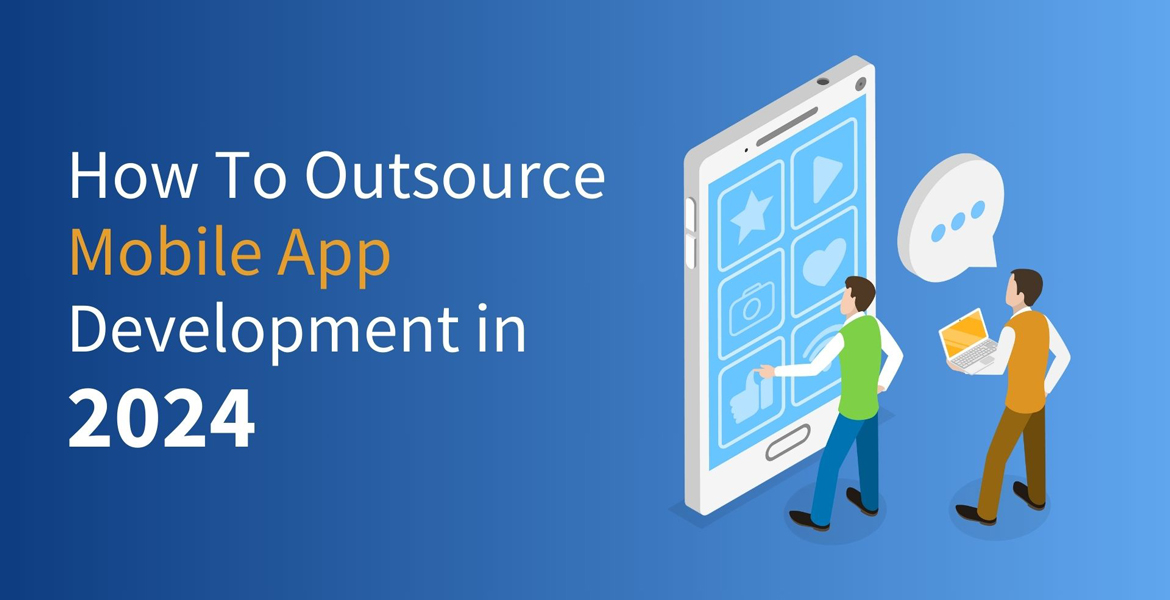


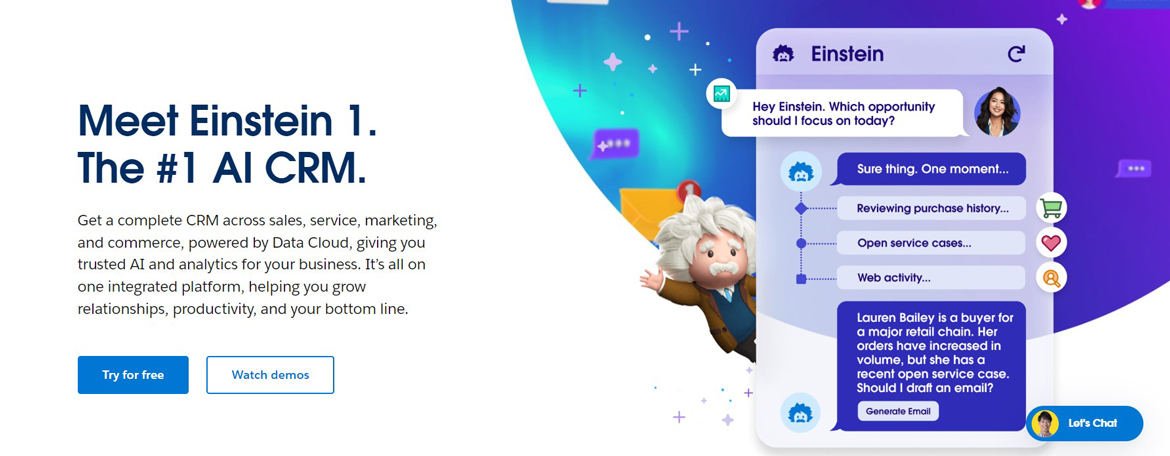

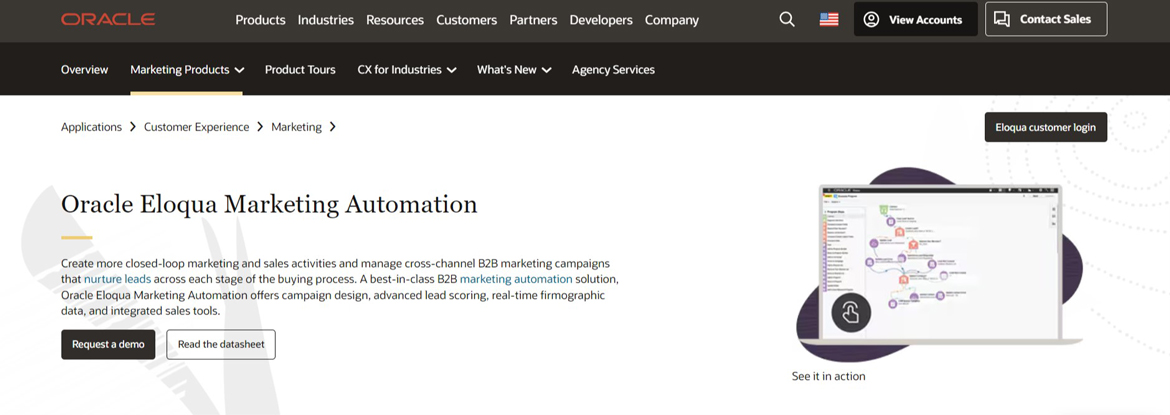

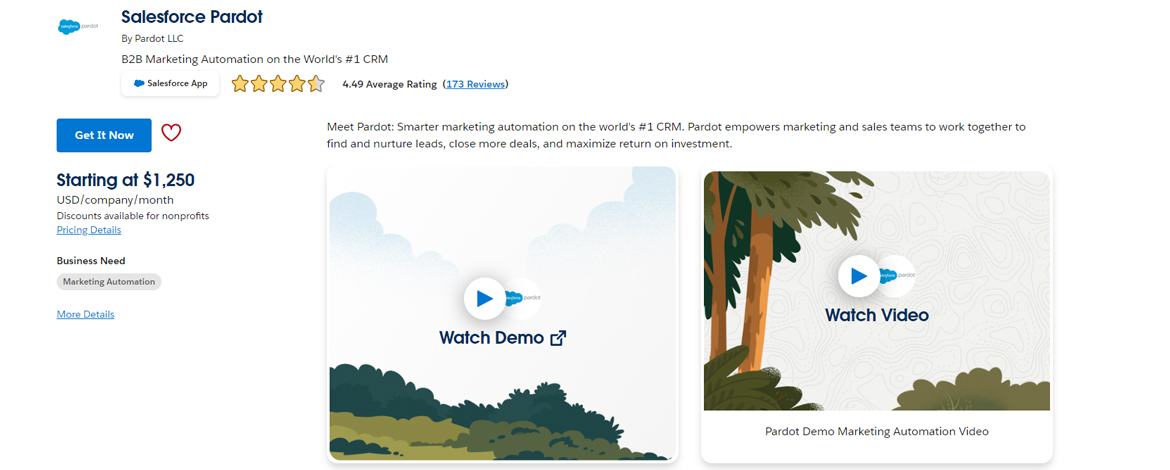
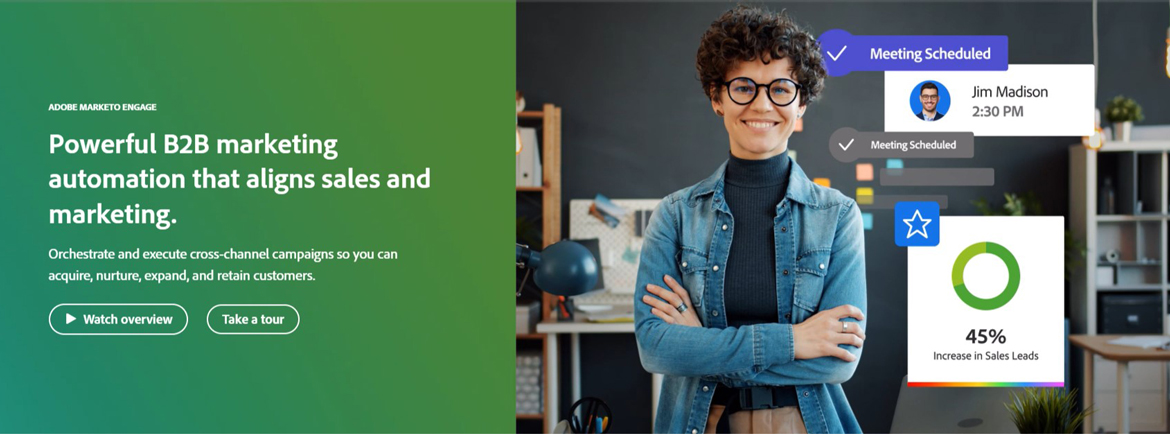
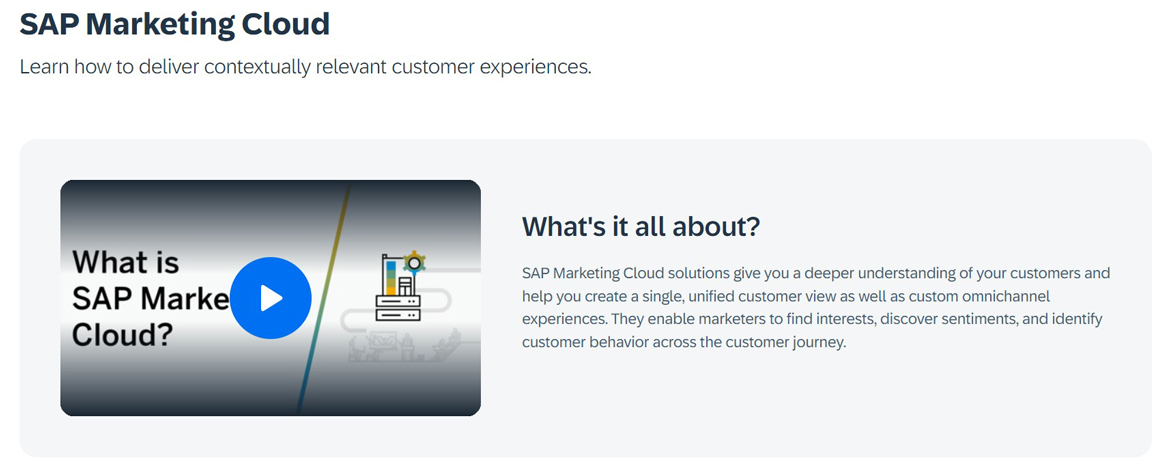

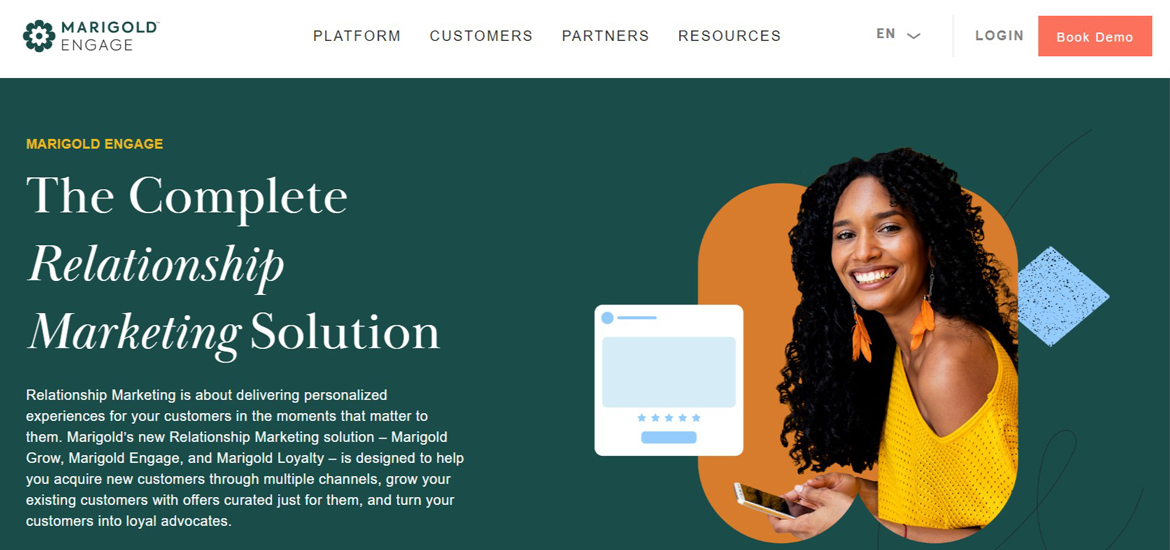


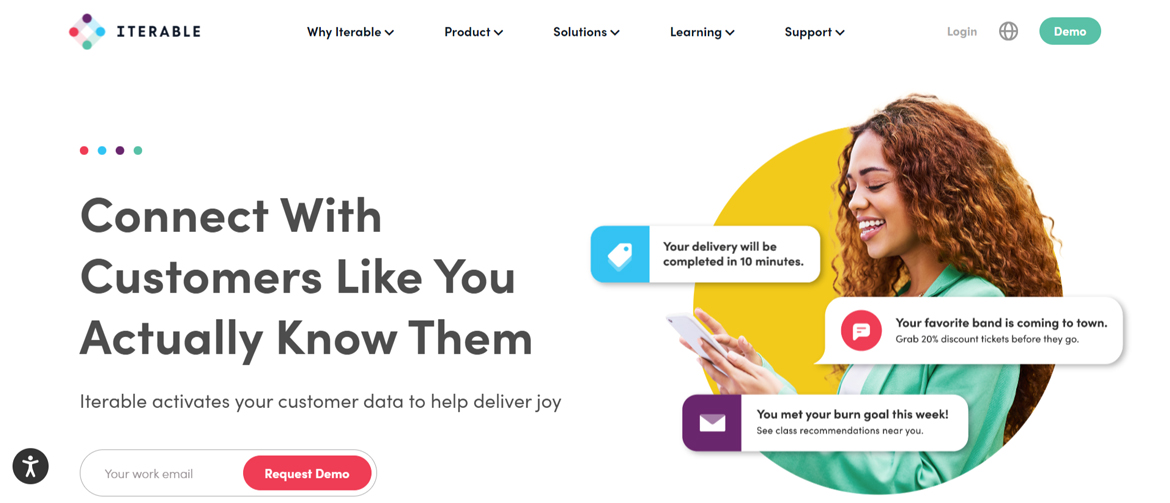
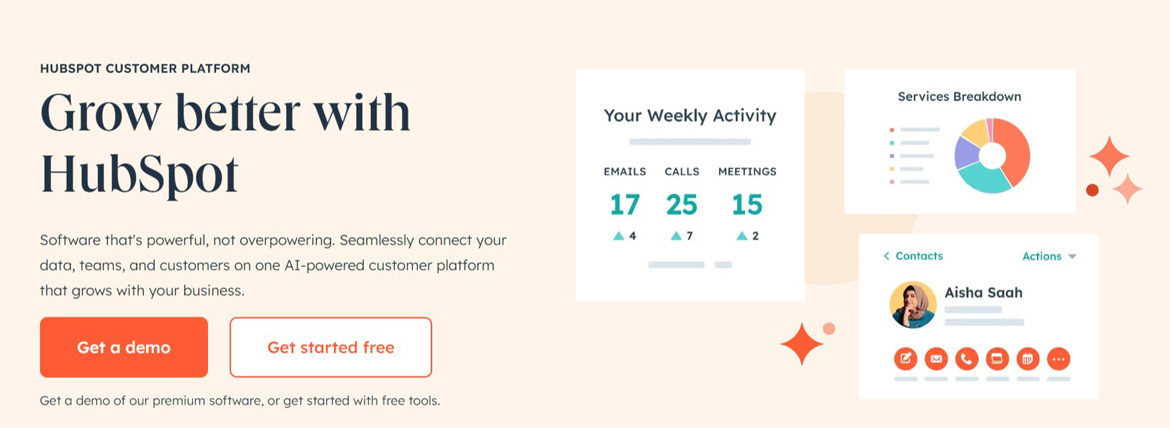
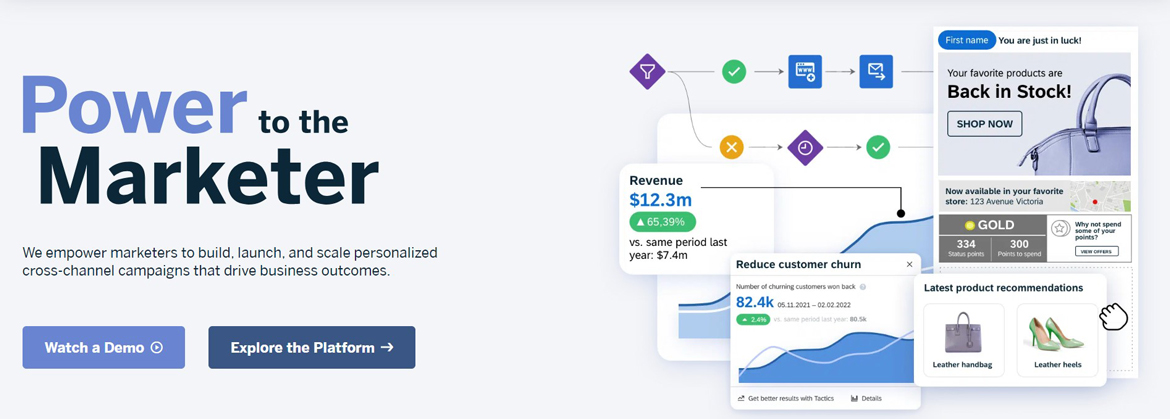
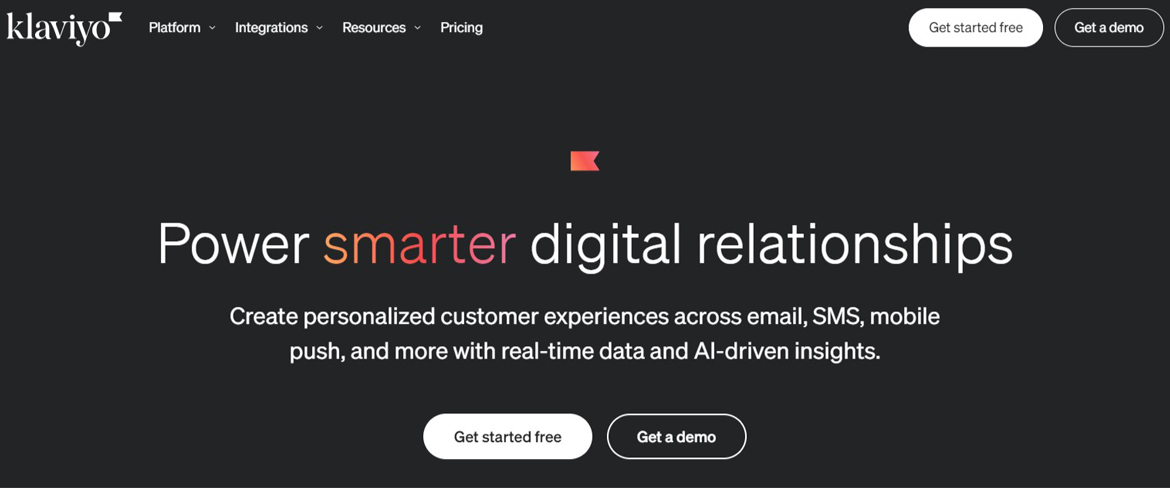

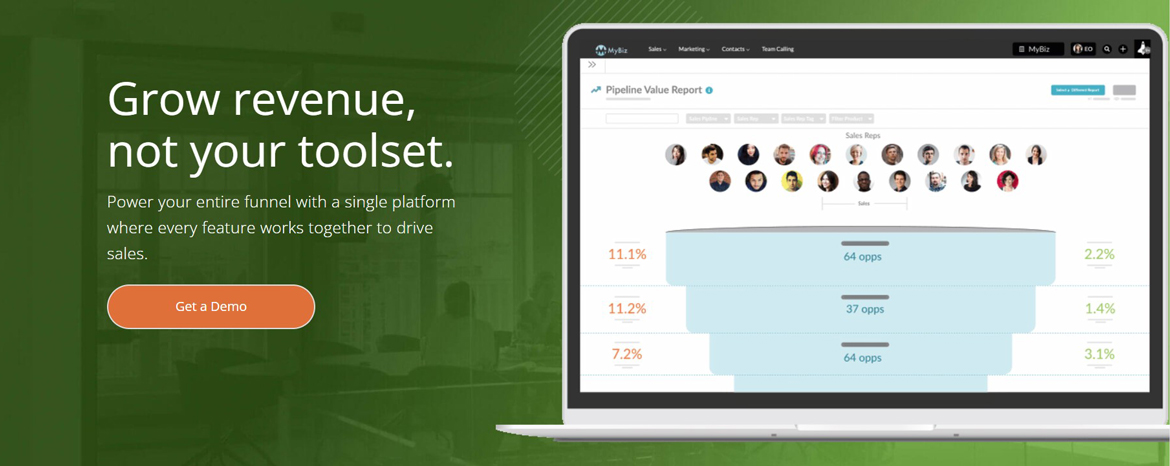

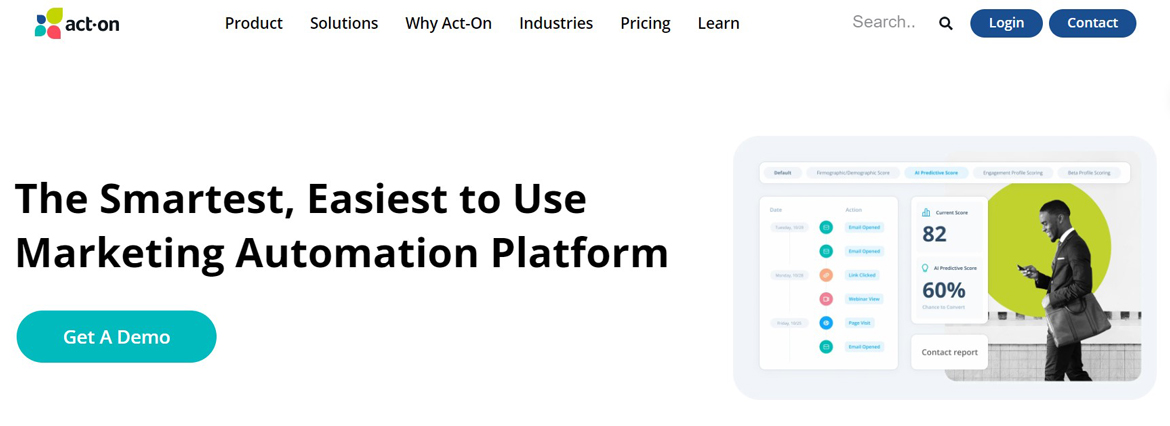
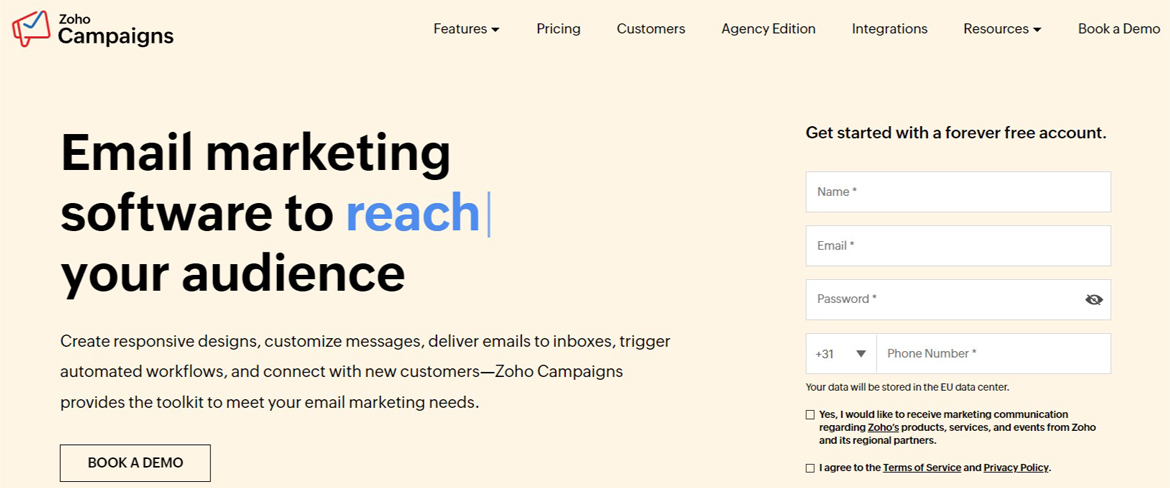
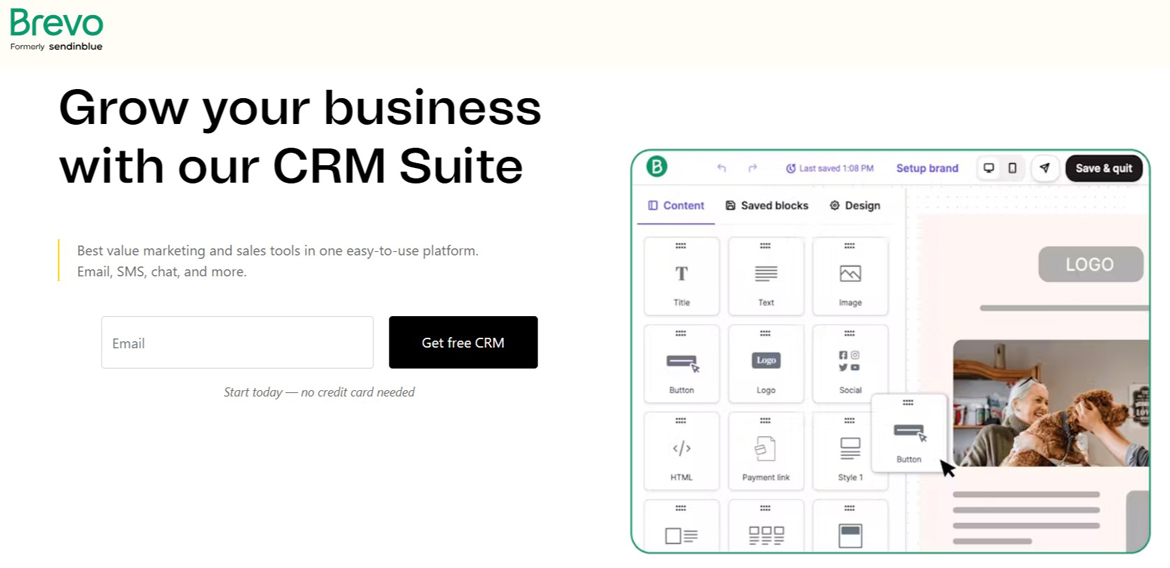
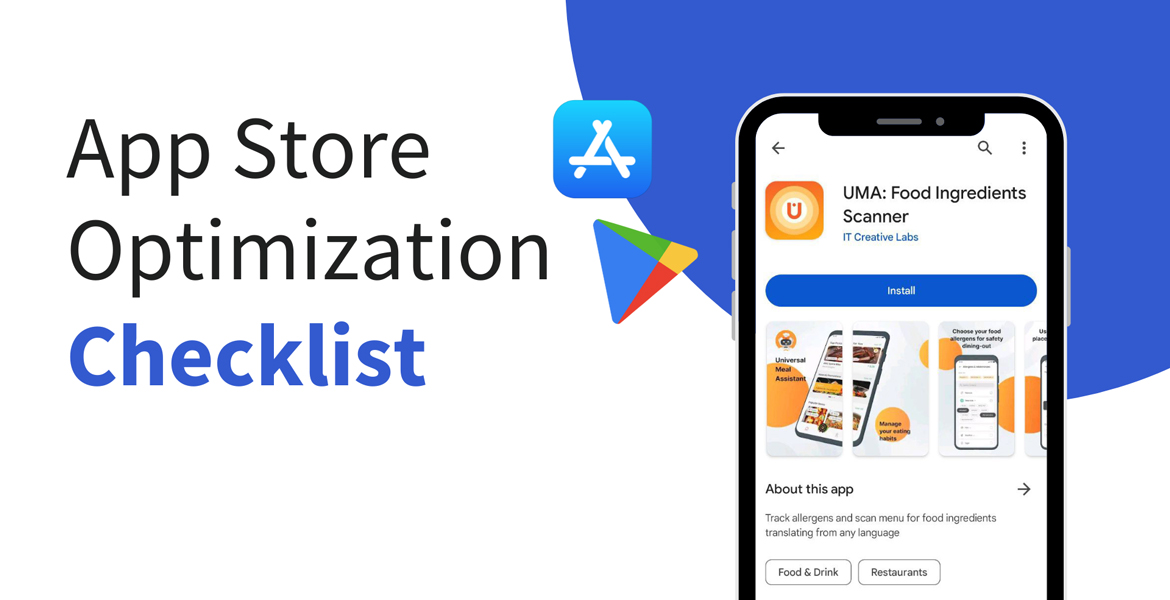
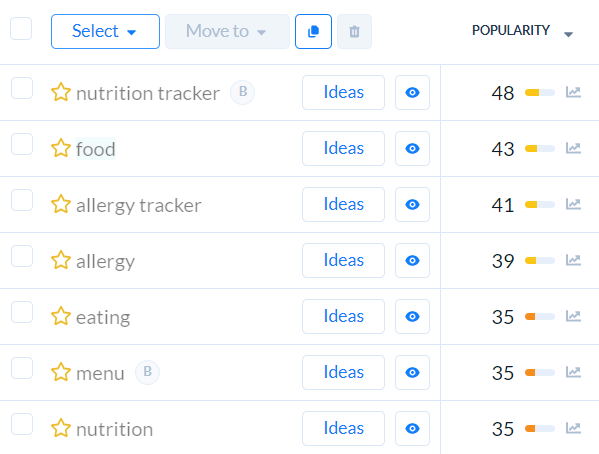
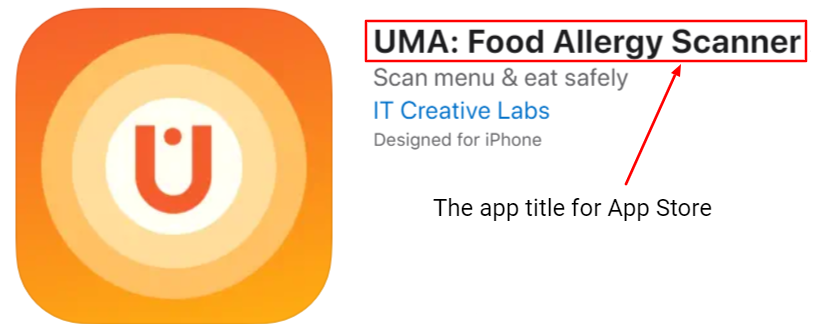
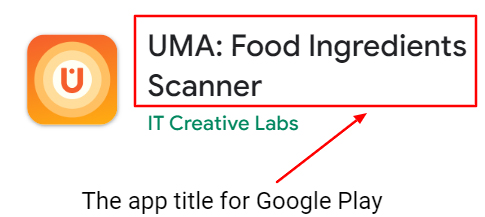


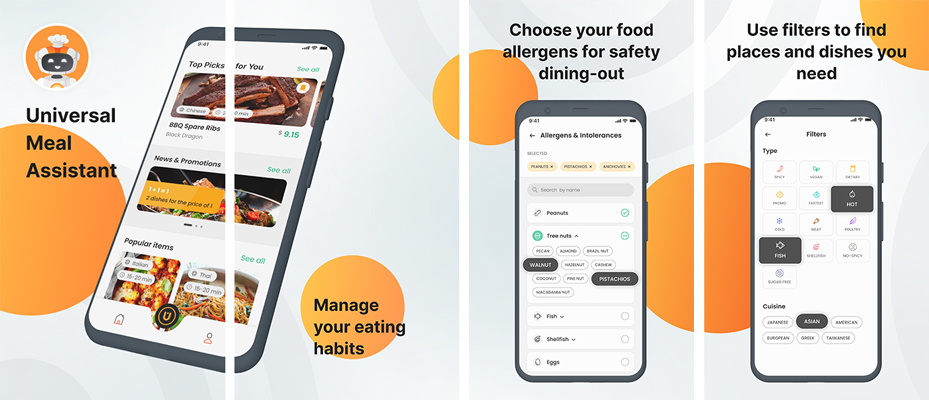



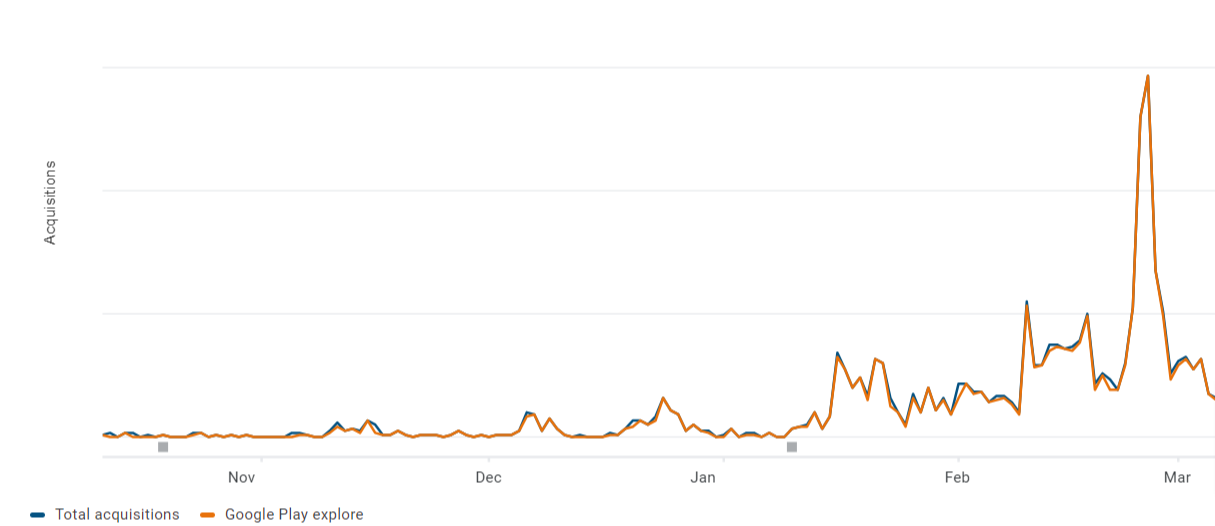
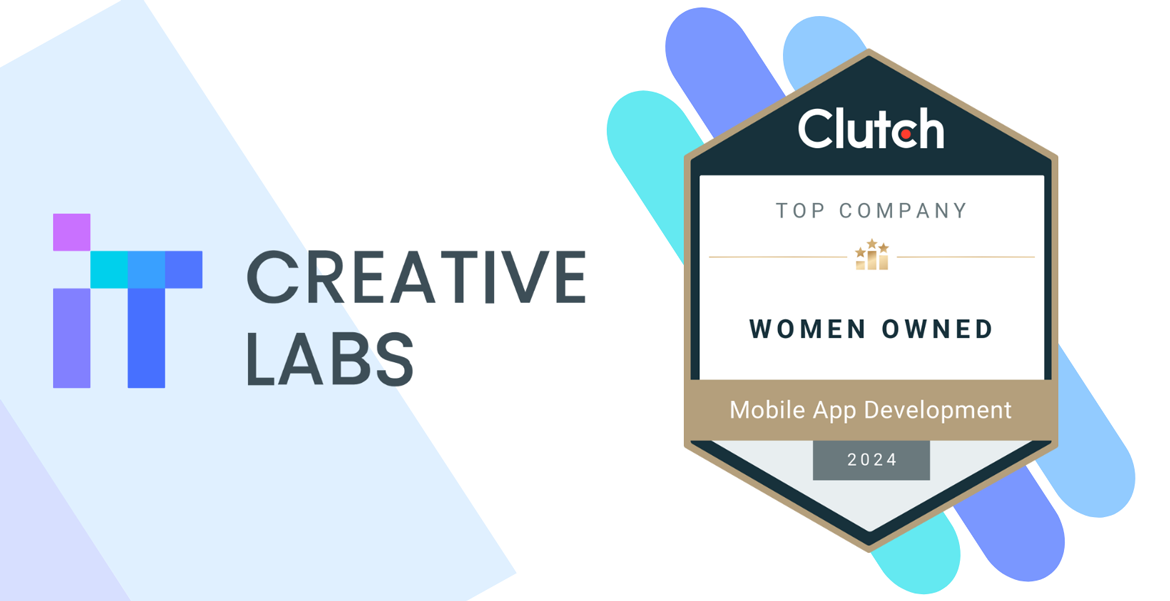

![Is WordPress Good for E-commerce? [Pros & Cons]](https://itcreativelabs.com/wp-content/uploads/2024/03/is-wordpress-good-for-e-commerce.png)
